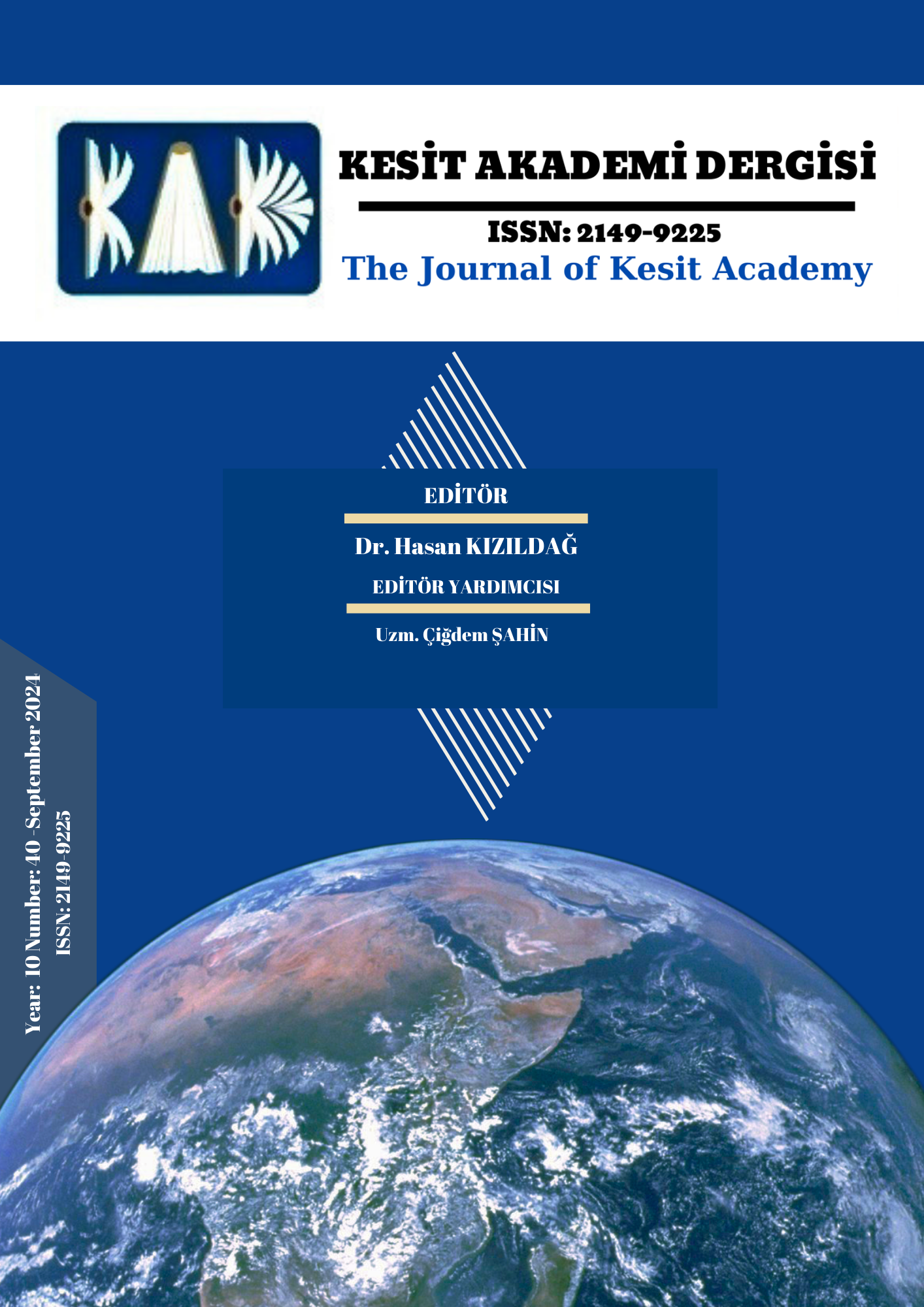Author :
Abstract
Günümüz figüratif resminin temeli, sanatsal güncellemelerle oluşturulan geniş bir kaynaktan beslenmektedir. Ancak, 1960'larda soyut ve figüratif resim çatışmasının eridiği yeni figürasyon sergilerini çıkış noktası olarak kabul eden bu çalışmada, 1970’lerdeki Londra Okulu ve 1980'lerdeki Yeni Dışavurumculuk sergileri günümüz figüratif resmi için yol gösterici olmuştur. Ayrıca, 1990'larda Leipzig'de eğitim gören sanatçıların 2000'lerde ortaya çıkışıyla meydana gelen Leipzig Okulu ve 2010’lardan sonra çeşitli ülkelerden sanatçıların katılımıyla gerçekleşen uluslararası karma sergileri günümüz figüratif resim sanatına ışık tutmuştur. Günümüz sanatçıları, seçtikleri konular doğrultusunda iki ana kategoride değerlendirilmiştir. Bunlardan ilki değişen dünyamızdaki kimlik sorunsalı, ikincisi de figüratif resimde manzara - mekânsal anlatımlardır. Bu iki kategorizasyon zaman zaman birbirinin içine geçmektedir. Günümüzde birçok çağdaş sanatçı, gelenekle malzeme ve içerik anlamında bağ kurarak üretimlerini sürdürmektedir. Bu sanatçılar, kadın hakları, farklı cinsel kimliklerin mücadelesi, çağdaş bireyin psikolojisi, aidiyet sorunları, temsiliyet, kimlik politikaları, kimlik bunalımları, psikolojik ve sosyal baskılar gibi çeşitli meseleleri ele almaktadırlar. Bu makalenin amacı, çağdaş dönemde figüratif resmin konumunu sorgulamak ve resimde mekân kullanımlarını sanatçılar, durumlar, olgular ve kavramlar arasındaki etkileşim bağlamında incelemektir. Aynı zamanda mekân ve kimlik arasındaki bağın üretimi nasıl etkilediği araştırılmıştır. Bu kapsamda, günümüzde aktif olarak çalışmalarını sürdüren ve farklı plastik anlayışlarda figürü ele alan sanatçılar seçilmiştir. Seçilen sanatçıların eserleri, figür ve mekân ilişkisi açısından değerlendirilmiştir. Çalışmada, sanat manifestoları, sanatçıların kendi söylemleri, inisiyatifler, okullar, sergiler, oluşumlar ve yayınlardan yararlanılmıştır.
Keywords
Abstract
The foundation of today's figurative painting is nourished by a wide source created by artistic updates. However, this study, which accepts the new figuration exhibitions in the 1960s, where the conflict between abstract and figurative painting melted down, as the starting point, has shown the way for today's figurative painting in the London School of the 1970s and the Neo-Expressionism exhibitions of the 1980s. In addition, the Leipzig School, which emerged in the 2000s with the artists who studied in Leipzig in the 1990s, and the international mixed exhibitions with the participation of artists from various countries after the 2010s have shed light on today's figurative painting. Today's artists have been evaluated in two main categories according to the subjects they choose. The first of these is the identity problem in our changing world, and the second is landscape - spatial expressions in figurative painting. These two categorizations sometimes intertwine. Today, many contemporary artists continue their production by establishing a connection with tradition in terms of material and content. These artists address various issues such as women's rights, the struggle of different sexual identities, the psychology of the contemporary individual, problems of belonging, representation, identity politics, identity crises, psychological and social pressures. The aim of this article is to question the position of figurative painting in the contemporary period and to examine the use of space in painting in the context of the interaction between artists, situations, facts and concepts. At the same time, it has been investigated how the connection between space and identity affects production. In this context, artists who continue their work actively today and who approach the figure in different plastic understandings have been selected. The works of the selected artists have been evaluated in terms of the relationship between figure and space. Art manifestos, artists' own discourses, initiatives, schools, exhibitions, formations and publications have been used in the study.





